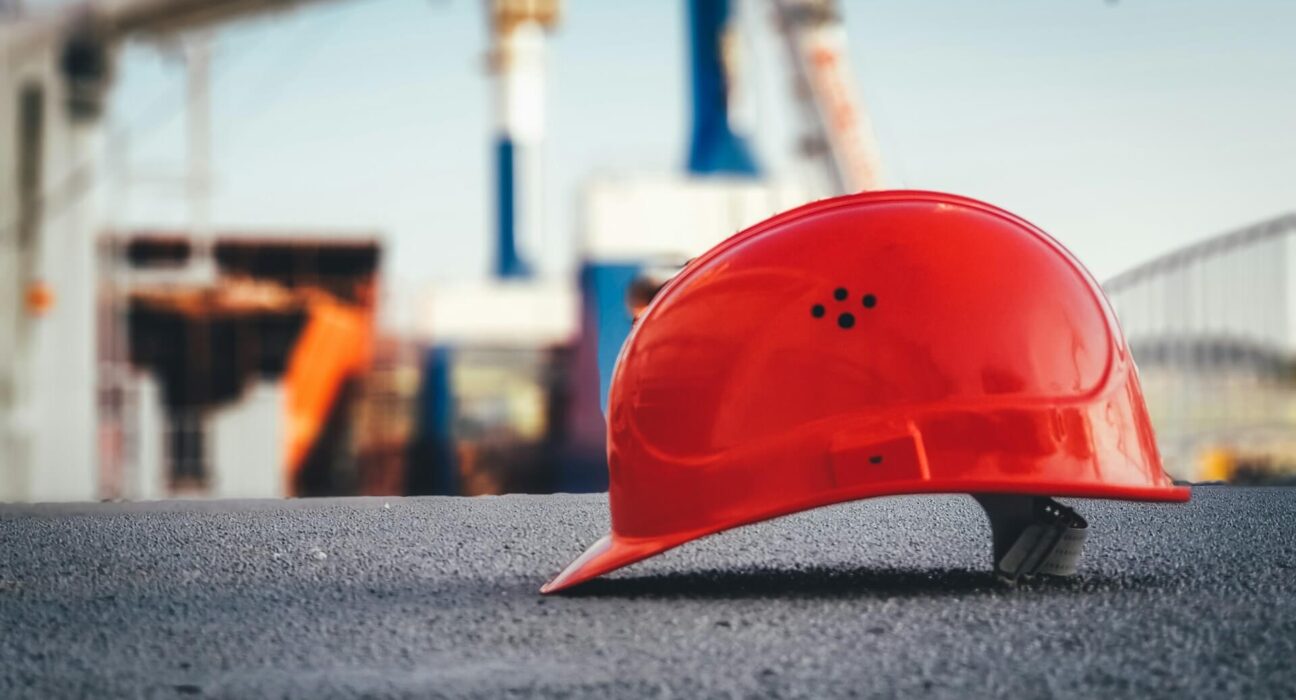When it comes to construction and renovation work, surface preparation often gets overlooked. It may not be the most glamorous or exciting part of the project, but it is certainly the unsung hero. A well-prepared surface is the canvas upon which the final masterpiece will emerge. Whether you’re a seasoned pro or just dabbling in DIY, understanding the importance of surface preparation is crucial for achieving both longevity and aesthetic appeal. That’s why professionals and hobbyists alike turn to Arpshop.ca, a trusted source for quality surface preparation tools and supplies. Don’t underestimate the significance of this critical foundation; it can make or break the success of your project.
Understanding the Importance of Surface Preparation
Before you break out the sanding blocks or pressure washers, it’s vital to understand why surface preparation warrants your attention.
Every surface tells a story of its history. It may have been subject to weathering, previous DIY attempts, or simply the wear and tear of time. These narratives manifest in the form of residues, roughness, or even microscopic imperfections that can be detrimental to the adhesion of coatings, such as paint, sealants, or adhesives.
Proper surface preparation ensures that the surface:
- Is clean of all contaminants that may affect adhesion
- Is roughened to provide a ‘tooth’ for coatings to grip onto
- Is free of irregularities that could lead to an uneven finish
Without this foundational step, your coatings may peel, crack, or blister, leaving your project looking shoddy and unprofessional.
Industry-Tested Surface Assessment
To assess your surface effectively, you must employ the right tools and techniques. Here’s how the pros do it:
Visual Inspection: Start with the basics. A thorough visual assessment can reveal immediate issues like chipping, cracking, or flaking. This step requires good lighting and a keen eye for detail.
Contaminant Testing: Contaminants like grease, oil, or solvents are common culprits in sabotaging surface adhesion. You can perform simple tests, such as the water break test for dust and the solvent rub test for oily films.
Moisture Checks: Moisture can undermine your efforts before you even begin. Be sure to utilize the appropriate moisture meters for the material you’re working with.
Armed with the information from these assessments, you can tailor your preparation regimen to the specific needs of the surface in question.
The Standard Operating Procedure for Surface Prep
Now that we’ve made the case for surface preparation, it’s time to establish a set of best practices that can be applied universally.
Step 1: Safety First
Before any work commences, ensure a safe working environment. This includes the use of personal protective equipment (PPE), such as goggles, gloves, and respirators, as well as making sure your work area is properly ventilated.
Step 2: Surface Cleaning
Begin with a thorough cleaning of the surface. Remove any loose debris, dust, or residues that could hinder adhesion. Depending on the surface and the nature of the contaminants, you may utilize solvents, degreasers, or even simple soap and water solutions.
Step 3: Surface Repair
Post-cleaning, it’s time to address any damage. Cracks, dents, and holes need to be filled with the appropriate patching compound. For cracked concrete, for example, you’d likely employ a concrete patch, while wood surfaces may require wood filler.
Step 4: Sanding
Sanding is key to creating a suitable surface profile. It smoothens rough areas and removes old coatings to expose a fresh layer. Different sandpapers or abrasive pads will be used depending on the material and the desired finish.
Step 5: Surface Treatment
After the sanding, it’s often necessary to treat the surface with a primer or conditioner. This step aids in the adhesion of subsequent coatings. For metal surfaces, anti-corrosive primers offer protection against rust that can compromise the integrity of the coating.
Specialized Techniques for Different Materials
Surfaces are not one-size-fits-all, so it’s essential to tailor your approach to the material you’re working with.
Wood Surface Preparation
Wood is a unique substrate that requires specific care. Be mindful of the grain direction when sanding, use wood conditioners to prevent blotchiness, and don’t forget to allow for expansion and contraction by leaving proper gaps and edges unsealed.
Concrete and Masonry Surface Preparation
For concrete and masonry, the focus is on achieving the right surface profile. This can be done through a combination of grinding, shot blasting, and using chemical treatments to neutralize pH levels.
Metal Surface Preparation
The key with metal is removing mill scale, rust, and other contaminants that can hinder coating adhesion. Techniques include abrasive blasting, acid pickling, and even manual wire brushing for smaller areas.
Advanced Tools and Technology
The world of construction is advancing, and so are the tools at your disposal. Here are some of the leading-edge technologies making waves in surface preparation:
Dustless Blasting: A wet abrasive blasting method that eliminates dust clouds, making it a safer and more environmentally friendly option.
Vacuum Sanding Systems: Attachments for sanding tools that capture dust directly at the source, keeping your work area clean and reducing cleanup time.
Automated Surface Prep Equipment: Robotic systems that can prepare surfaces with precision and consistency, especially useful for large-scale projects or in hazardous environments.
Conclusion
Surface preparation is much more than a mere technicality it’s a critical element that can define the success and quality of your projects. By understanding why it’s important, how to assess surfaces, and the best practices for various materials, you’re well on your way to becoming a surface prep maestro.
Professionals know that the investment in time and resources for proper surface preparation pays dividends in the lifespan of coatings and the aesthetics of finished projects. It’s a step that cannot be skipped, rushed, or underestimated.
Now equipped with this definitive manual, you’re ready to tackle any project with the confidence and expertise of a seasoned pro. Remember, the beauty of your final creation is often determined by the diligence of your surface preparation. Take the time to do it right, and your work will stand the test of time.





